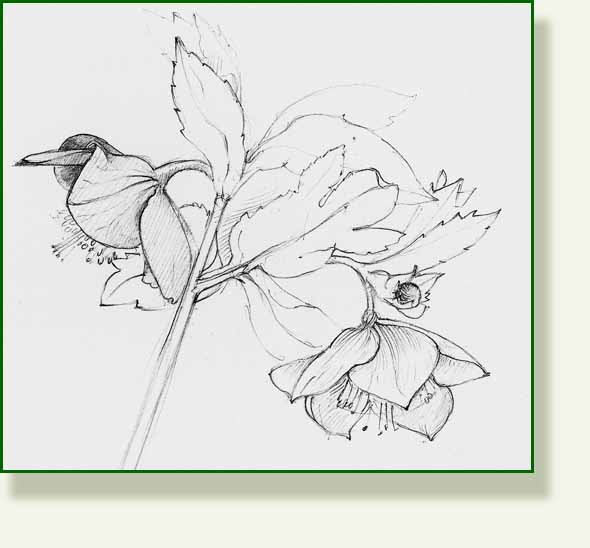I have recently encountered 2 amazing banyan trees. One at The Landings in Sarasota and the next one farther south at Fort Myers where Chris and I were having a weekend break. The majestic and stately banyan in Fort Myers is part of the Ford Edison estate which we visited yesterday.
This particular tree was given to Edison by Henry Firestone in 1925 as a 4 foot sapling when he, Edison and Henry Ford were pursuing the possibilities of a domestic source of rubber at the laboratory in Fort Myers. It was said to have been taken from the Great Banyan in the Shibpur Botanical garden near Calcutta the largest Banyan in the world.
The history and growing habits of the banyan (Ficus bengalensis) are completely fascinating and it is a botanical wonder. The tree starts life as an epiphyte, settling on the branch or bark crevice of another tree. It gradually takes over from its host by producing aerial roots and, once established, auxiliary roots sprout from the branches like long strands of spaghetti. The tree must somehow sense the need for more support and these become supportive trunks necessary to prop up its massive spreading horizontal limbs and so it spreads, on and on .. “walking” its way across huge areas of ground.
In an HGTV article on the Banyan, Bob McGuire explains the effects of the tree!!!
“Bob McGuire, chief arborist at the Thomas Edison Estate, counts the prop roots of the Edison banyan and finds there are 323.
“Visitors touch the roots and they talk to them,” McGuire says. “People are awestruck by the tree. You can tell by their faces. And you know, we still are too. I’m still in awe of it every day.”
There are many other interesting plants and trees to see at the estate set on the banks of the Caloosahatchee River.
W. Stoker, D. Redman after James Forbes., 1811
A few words from Milton:
“The fig-tree at this day to Indians known
In Malabar or Deccan, spreads her arms,
Branching so broad and long, that on the ground
The bended twigs take root, and daughters grow
About the mother tree, a pillar’d shade,
High over-arched and echoing walks between.”
Milton “Paradise Lost”
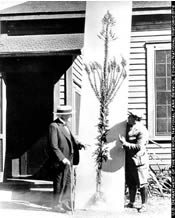 The tree was found not to be able to produce rubber in Florida however and Edison then turned his incredible mind and boundless energy to finding another source. He discovered the lovely autumn flowering Goldenrod was capable of producing rubber and there is a huge dried specimen in the laboratory at the museum which Edison had bred for commercial rubber production.
The tree was found not to be able to produce rubber in Florida however and Edison then turned his incredible mind and boundless energy to finding another source. He discovered the lovely autumn flowering Goldenrod was capable of producing rubber and there is a huge dried specimen in the laboratory at the museum which Edison had bred for commercial rubber production.
There is a short informative article about him here. and the link to the Museum site in Fort Myers is here
The lab visit alone is worth the price of entry.
________________________________________________

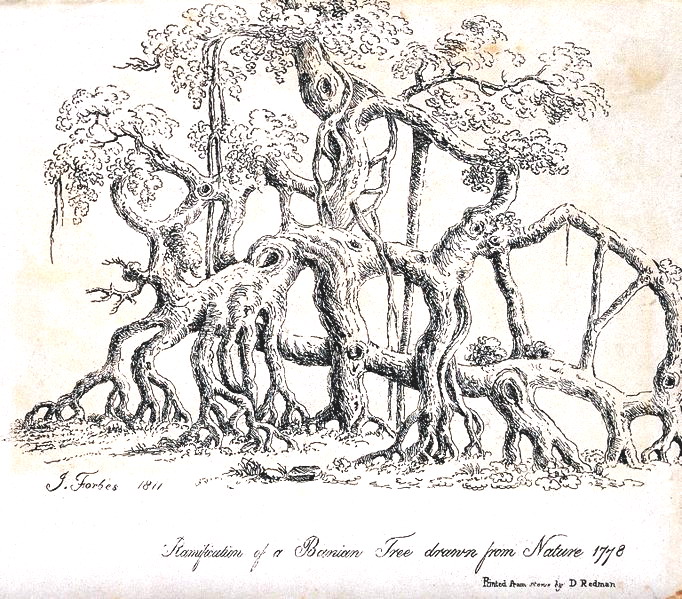

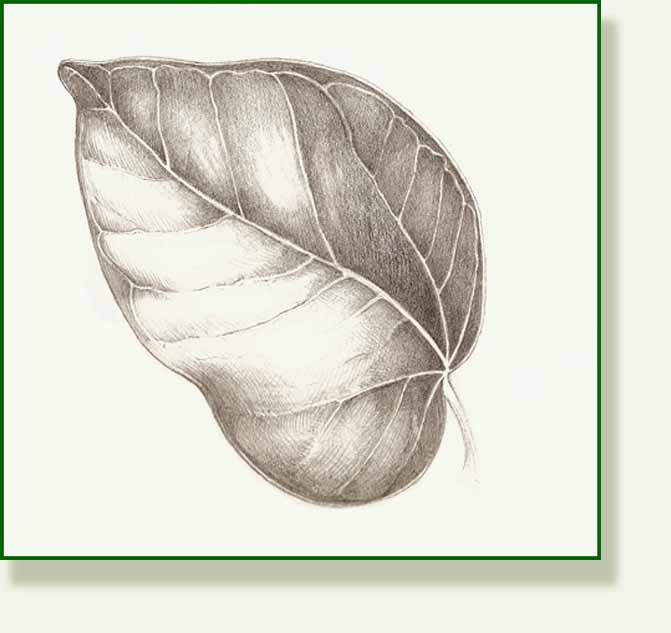

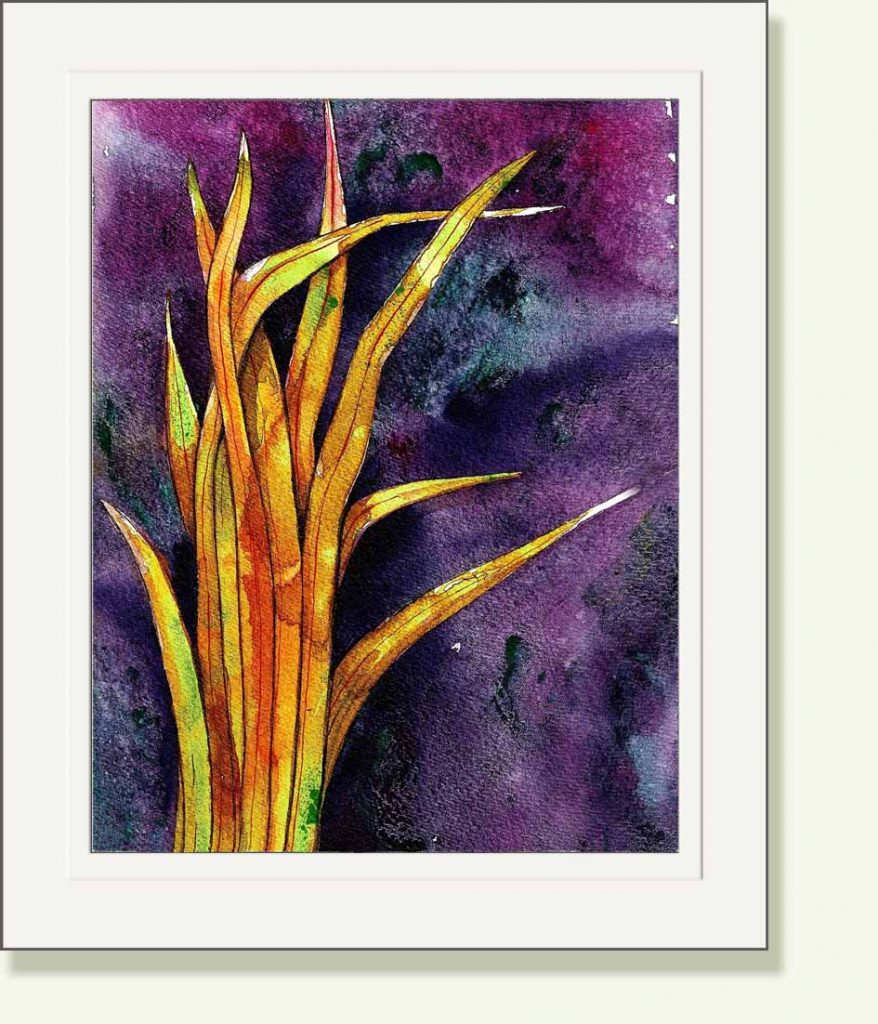

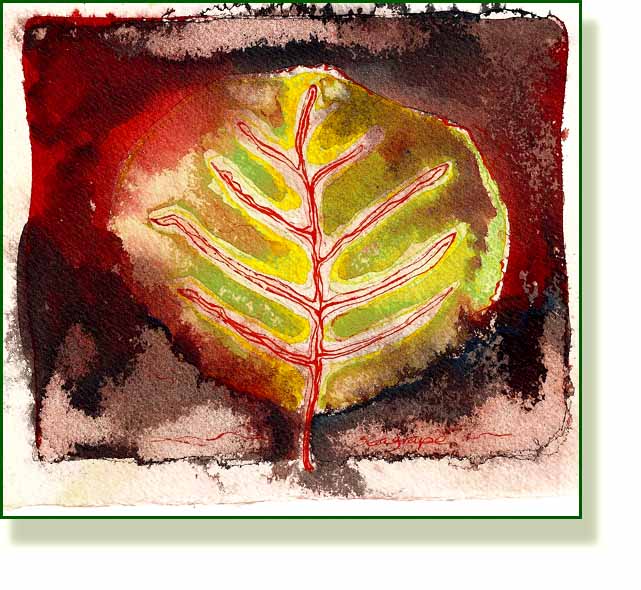

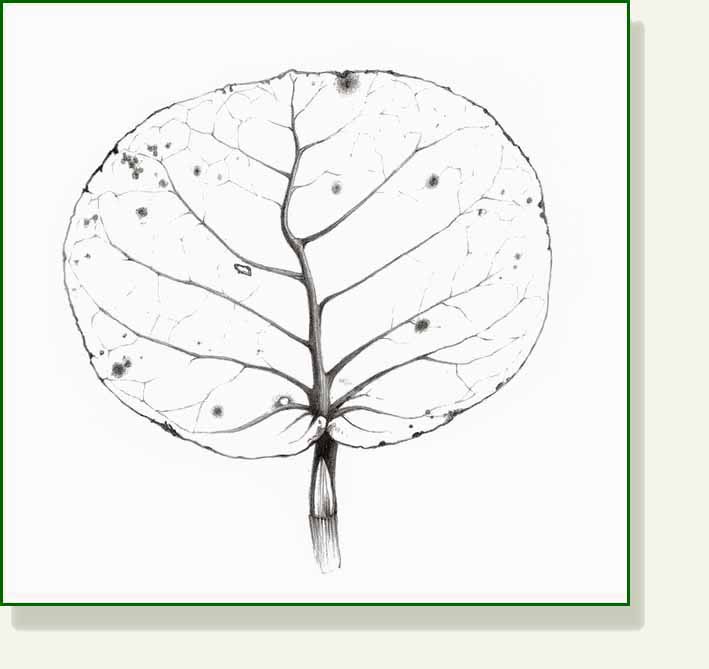

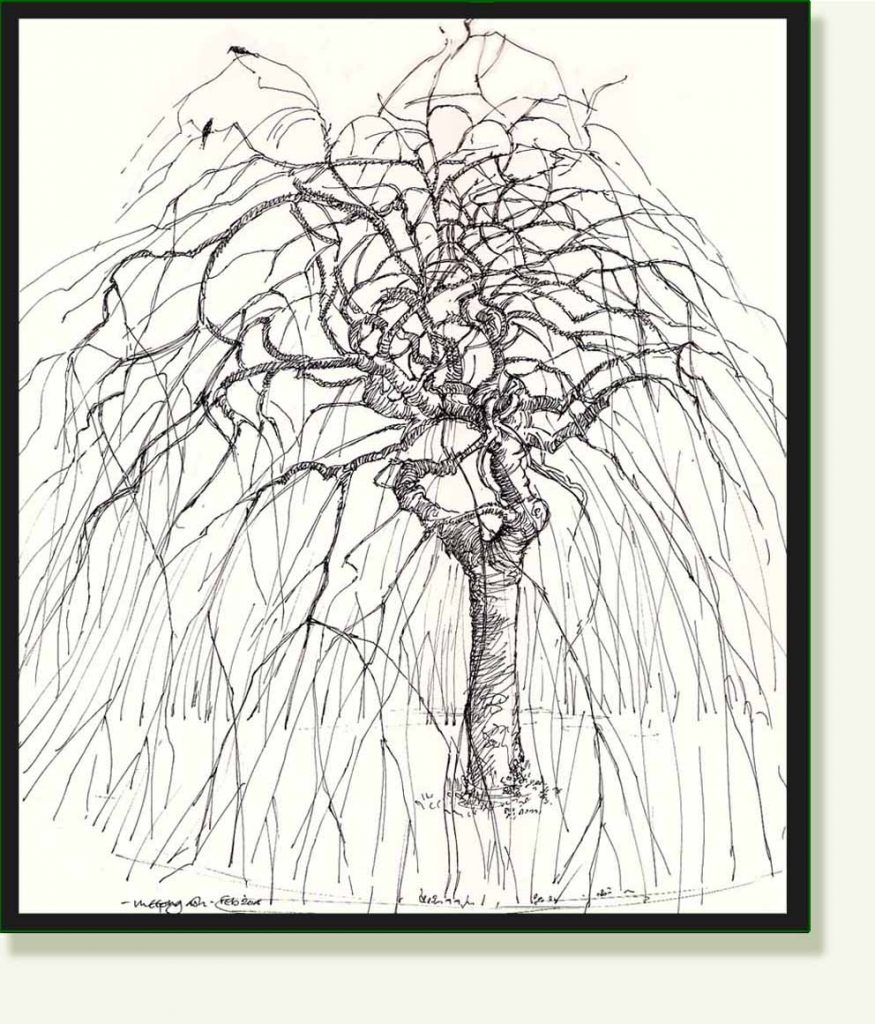

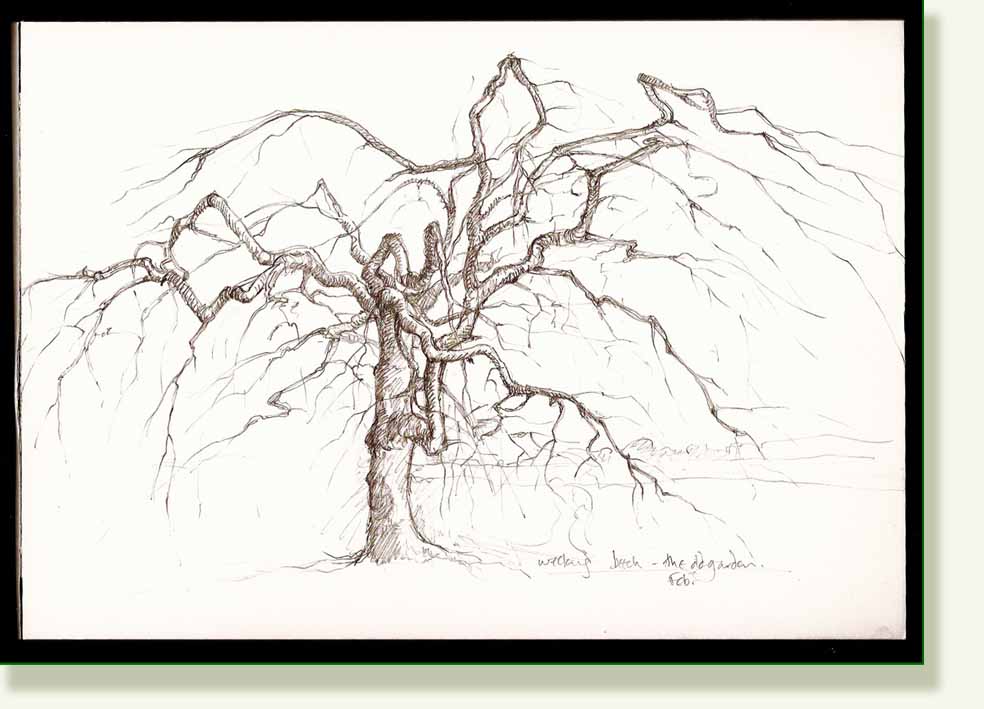
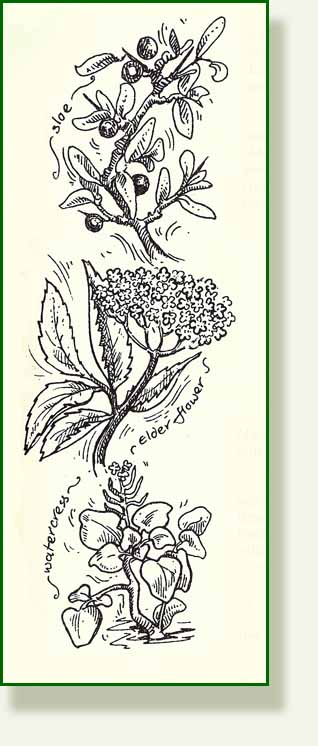

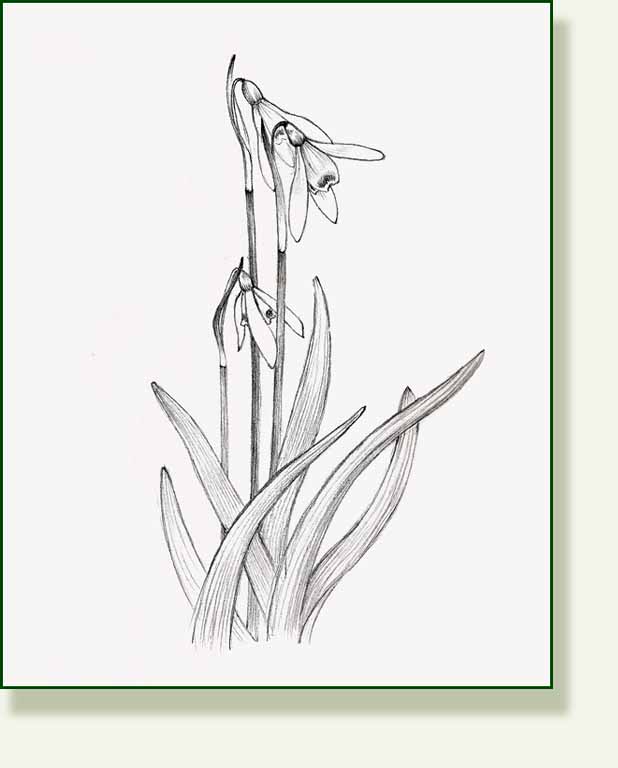

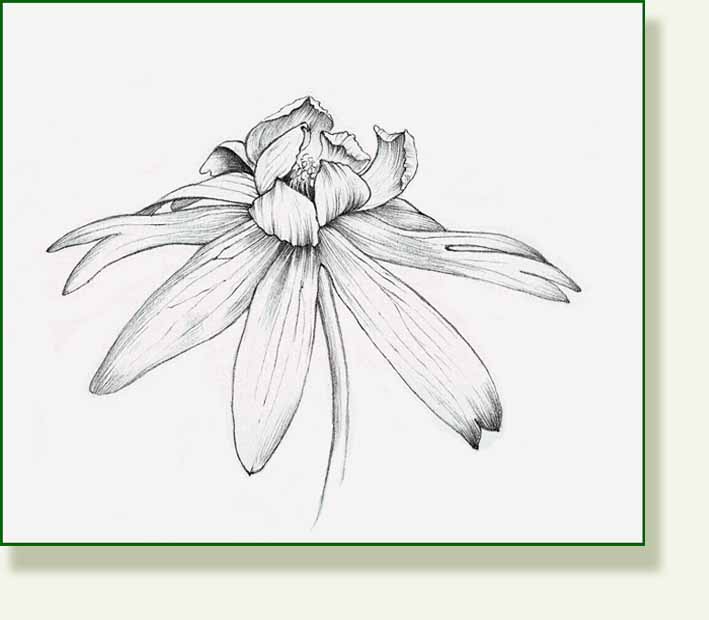
 Lenten Rose
Lenten Rose